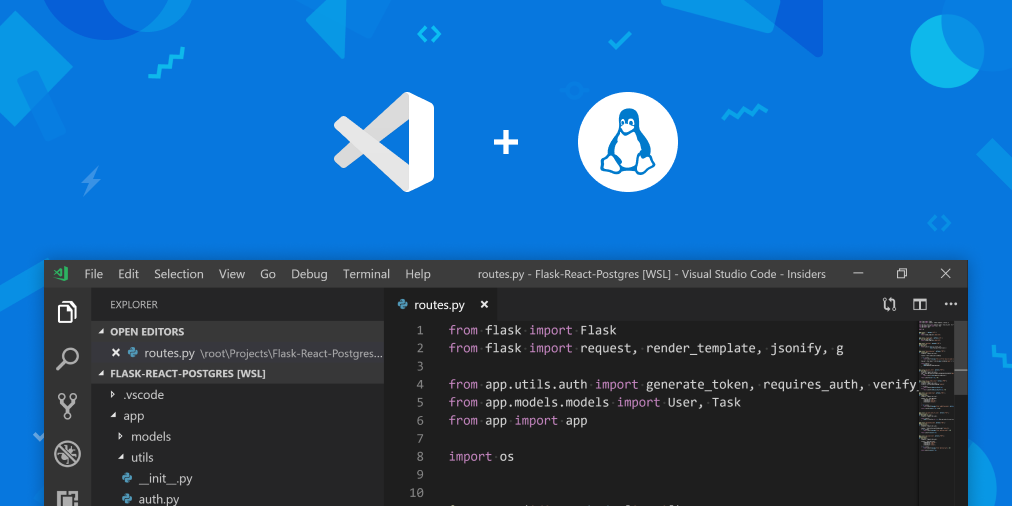
Take your Linux development experience in Windows to the next level with WSL and Visual Studio Code Remote


Integrated development environment (IDE) from Microsoft

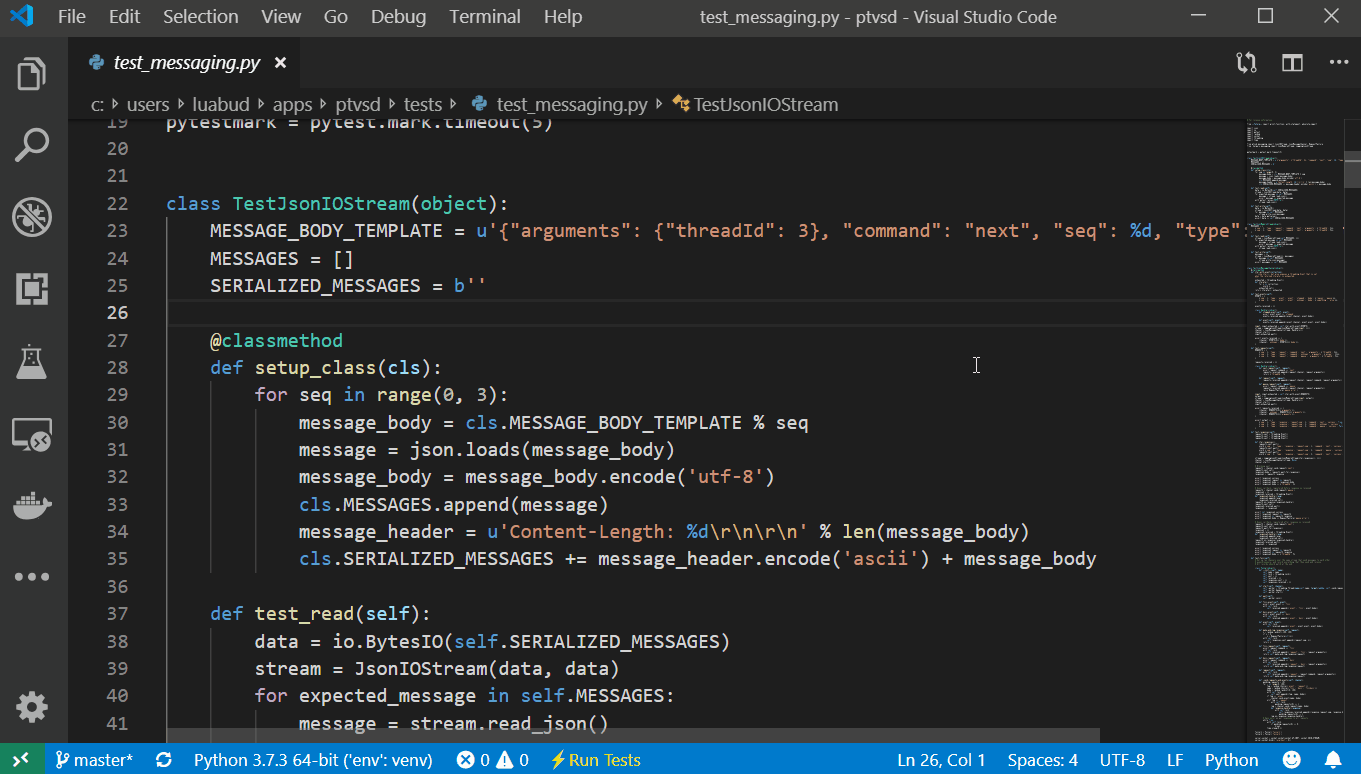



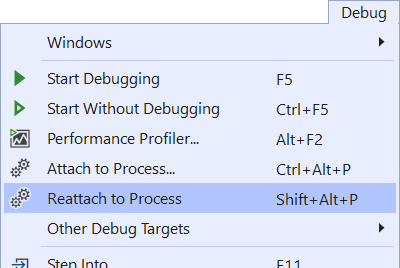
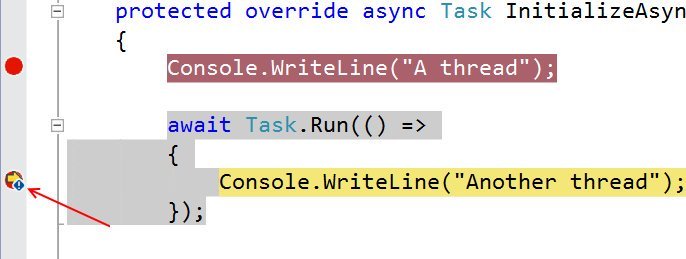
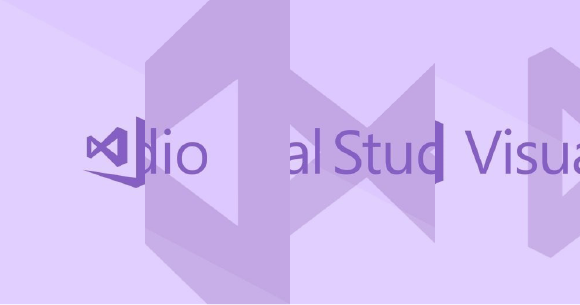
We’re excited to announce the preview availability of the new Azure IoT Edge Tools Extension (Preview) for Visual Studio 2019. The extension provides a rich set of functionalities to support development of IoT Edge solutions with Visual Studio 2019:
Since I’ve been working with the community on porting desktop applications from .NET Framework to .NET Core, I’ve noticed that there are two camps of folks: some want a very simple and short list of instructions to get their apps ported to .NET Core while others prefer a more principled approach with more background information. Instead of writing up a “Swiss Army knife”-document, we are going to publish two blog posts, one for each camp:
If you prefer watching videos instead of reading, here is the video where I do everything that is described below.

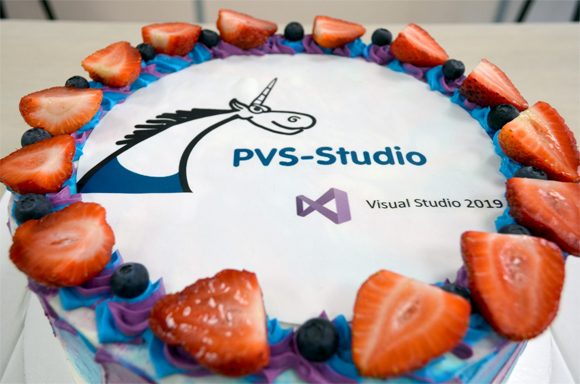
Ever since we announced Template IntelliSense, you all have given us great suggestions. One very popular suggestion was to have the Template Bar auto-populate candidates based on instantiations in your code. In Visual Studio 2019 version 16.1 Preview 2, we’ve added this functionality via an “Add All Existing Instantiations” option in the Template Bar dropdown menu. The following examples are from the SuperTux codebase.
Here at Visual Studio App Center, we try to incorporate customer obsession in our day to day. Earlier this year we started an effort for widespread customer outreach to understand our users and guide product prioritization. The effort helped us gain a lot of insight and helped our prioritization last quarter. However, as we continue to grow, we unfortunately don’t have the capacity to reach out to as many customers as we would like.
To continue to engage with as many customers are possible, we created a GitHub repo specifically for this purpose. We’ve been using the repo to track monthly iterations from the team, feature requests, and community interest for certain features. We are making changes to align our priorities for the upcoming quarters based on what our customers are requesting.
I wanted to highlight some of the changes we’ve made to the Distribution service based off what we learned from customer outreach and feedback. All of these changes are available now:
We are pleased to announce that the April 2019 release of the Python Extension for Visual Studio Code is now available. You can download the Python extension from the Marketplace, or install it directly from the extension gallery in Visual Studio Code. You can learn more about Python support in Visual Studio Code in the documentation.
In this release we made a series of improvements that are listed in our changelog, closing a total of 84 issues including:
Keep on reading to learn more!
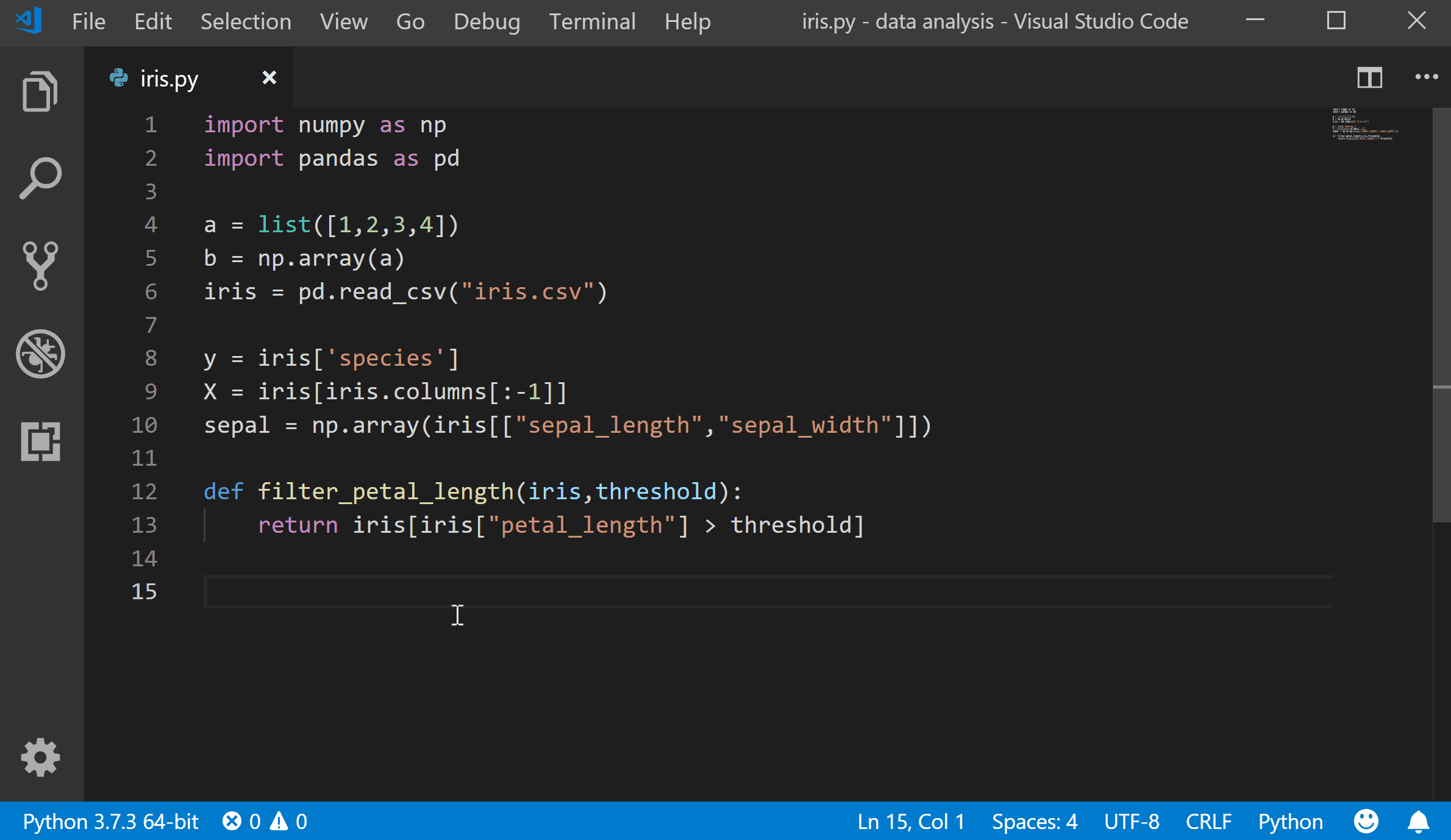
Visual Studio’s project templates enable you, the developer, to create multiple similar projects more efficiently by defining a common set of starter files. The project templates can be fully customized to meet the needs of a development team, or a group, and can be published to the Visual Studio Marketplace for others to download and use too! Once published, developers can install and access the template through Visual Studio’s New Project Dialog.
The newly designed New Project Dialog for Visual Studio 2019 was built to help developers get to their code faster. Using a search and filter focused experience, we are aiming to provide better discoverability for specific templates to start your application development
Some days ago we announced improved Razor tooling support in Visual Studio Code with the latest C# extension. This latest release includes improved Razor diagnostics and support for tag helpers and Blazor apps.


As application requirements grow more complex, so do our solutions. Keeping developers’ environments configured across our organizations grows equally complex. Developers need to install specific workloads and components in order to build a solution. Some organizations add these requirements to their README or CONTRIBUTING documents in their repositories. Some organizations might publish these requirements in documents for new hires or even just forward emails. Configuring your development environment often becomes a day-long chore. What’s really needed is a declarative authoring model that just configures Visual Studio like you need it.
In Visual Studio 2017 Update 15.9 we added the ability to export and import workload and component selection to a Visual Studio installation configuration file. Developers can import these files into new or existing installations. Checking these files into your source repos makes them easy to share. However, developers still need to import these to get the features they need.
New in Visual Studio 2019: you can save these files as .vsconfig files in your solution root directory and when the solution (or solution directory) is opened, Visual Studio will automatically detect which components are missing and prompt you to install them.
Earlier this week, we released Visual Studio 2019 version 16.1 Preview 1 (see release notes). It’s the first preview of the first update to Visual Studio 2019. If you’re not already set up to get preview releases, then please do that now. The preview channel installs side-by-side with the release channel and they don’t interfere with each other. I highly recommend all extension authors install the preview.

Got the 16.1 preview installed now then? That’s great. Here are some features in it you might find interesting.
The Time Travel Debugging (TTD) preview in Visual Studio Enterprise 2019 provides the ability to record a Web app running on a Azure Virtual Machine (VM) and then accurately reconstruct and replay the execution path. TTD integrates with our Snapshot Debugger offering and allows you to rewind and replay each line of code however many times you want, helping you isolate and identify problems that might only occur in production environments.
Hopefully by now you’ve seen that Visual Studio 2019 is now generally available. As you would expect, we’ve added improvements for web and Azure development. As a starting point, Visual Studio 2019 comes with a new experience for getting started with your code and we updated the experience for creating ASP.NET and ASP.NET Core projects to match:
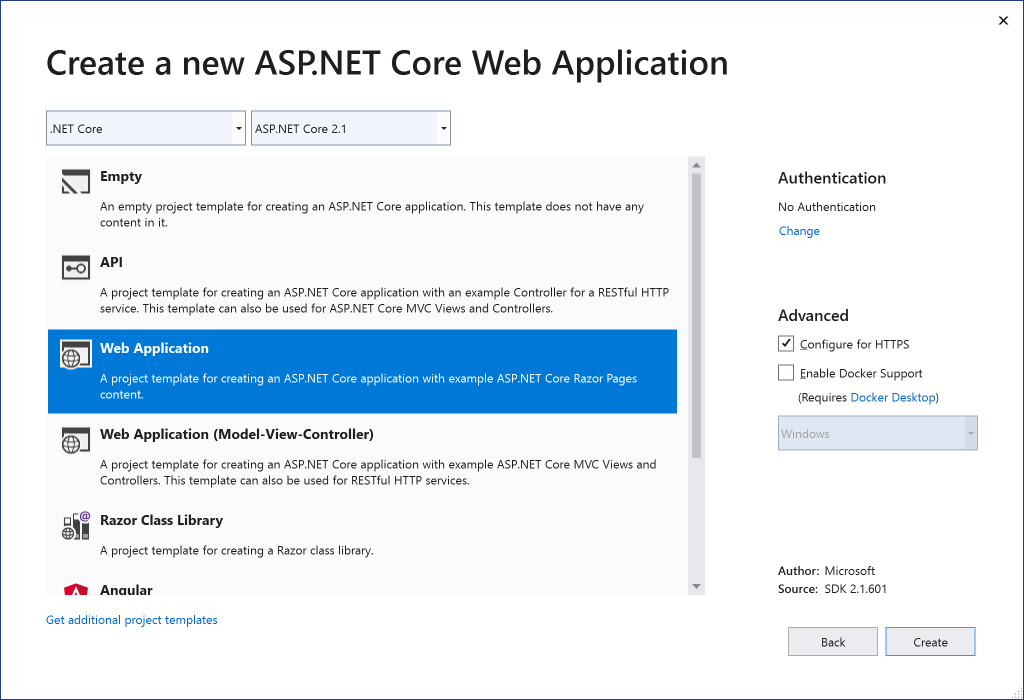
If you are publishing your application to Azure, you can now configure Azure App Service to use Azure Storage and Azure SQL Database instances, right from the publish profile summary page, without leaving Visual Studio. This means that for any existing web application running in App Service, you can add SQL and Storage, it is no longer limited to creation time only.
Your friendly neighborhood .NET productivity team (aka. Roslyn) focuses a lot on improving the .NET coding experience. Sometimes it’s the little refactorings and code fixes that really improve your workflow. You may have seen many improvements in the previews, but for all of you who were eagerly awaiting the GA release here’s a few features you may enjoy!
